Cultivation of Pearl
It was in the 4th year of the Taisho era, nine years after the elucidation of the formation principle of free pearls (spherical pearls) in the 40th year of the Meiji era, which began with the half-round pearl-attached pearls in the 26th year of Meiji, that practical application was achieved.
The history of pearl cultivation began in Ise-Shima, Mie Prefecture. Here, we will introduce the history of pearl cultivation.
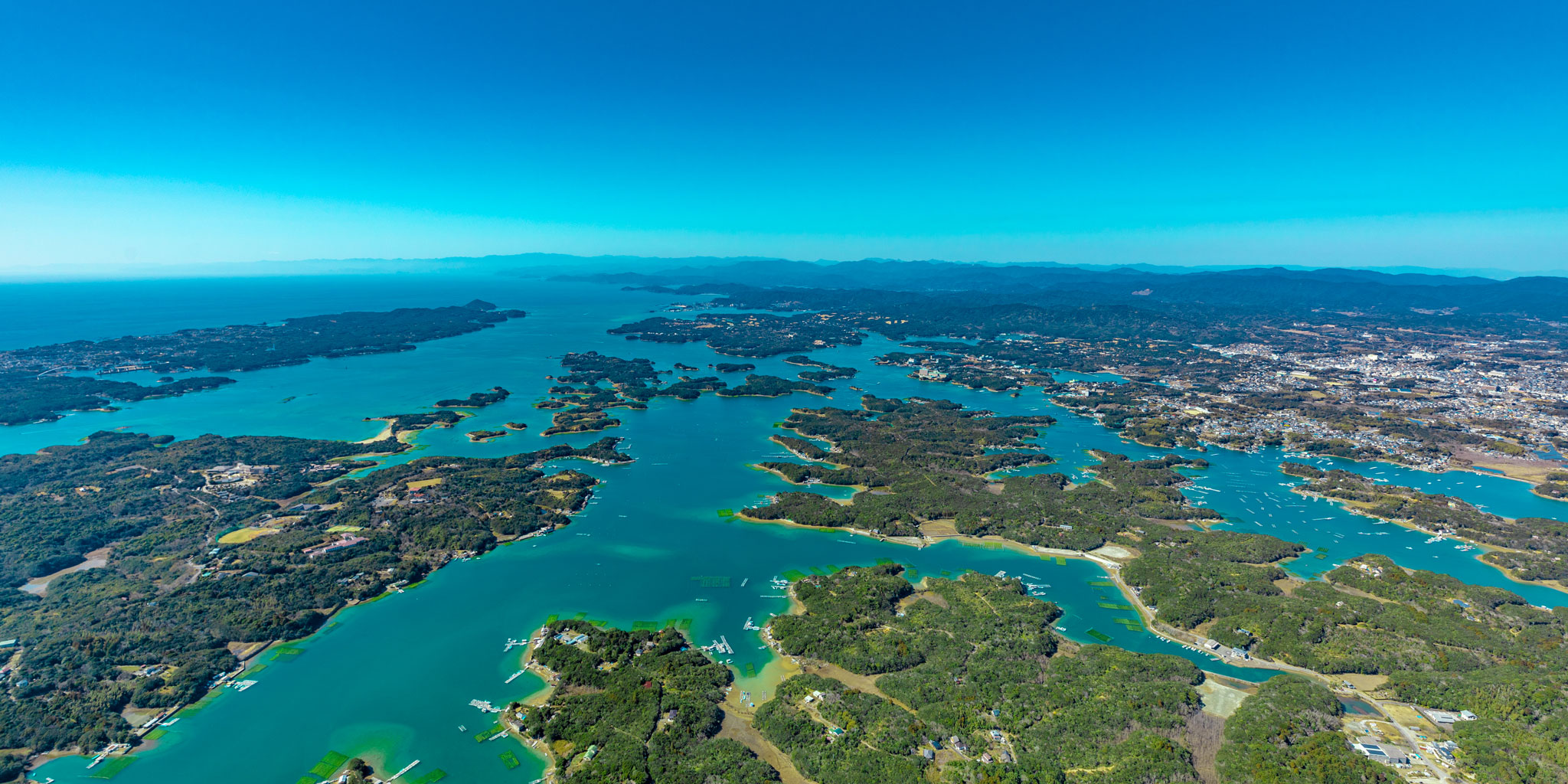
The Origin of Pearl Cultivation
The history of cultured pearls is synonymous with the legacy of Kokichi Mikimoto, often hailed as the “Pearl King.” In the 26th year of the Meiji era, Mikimoto achieved the first successful cultivation of semi-spherical pearls. Twenty years later, in the 40th year of the Meiji era, he unraveled the principles behind the formation of free pearls (perfectly round pearls). By the 3rd year of the Showa era, 35 years into the era of pearl cultivation, Mikimoto secured the patent rights for the techniques involved in pearl cultivation, leading to the widespread adoption of the technology for generating perfectly round pearls.
In 1910, Mikimoto ventured to London, where cultured pearls, as the first Japanese gems of their kind, gained immense popularity in European high society. However, skepticism arose, with some suspecting these cultured pearls to be imitations rather than genuine. In 1921, a significant event known as the “Paris Pearl Trial” unfolded, as jewelers in Paris accused Mikimoto pearls of being counterfeits. The trial spanned three years but concluded in 1924 with a resounding victory for Mikimoto. It was revealed that there was no discernible difference between natural and cultured pearls, solidifying the reputation of Japanese cultured pearls through the Paris Pearl Trial.
Subsequently, cultivation techniques spread globally, and pearls are now cultured worldwide as a result.
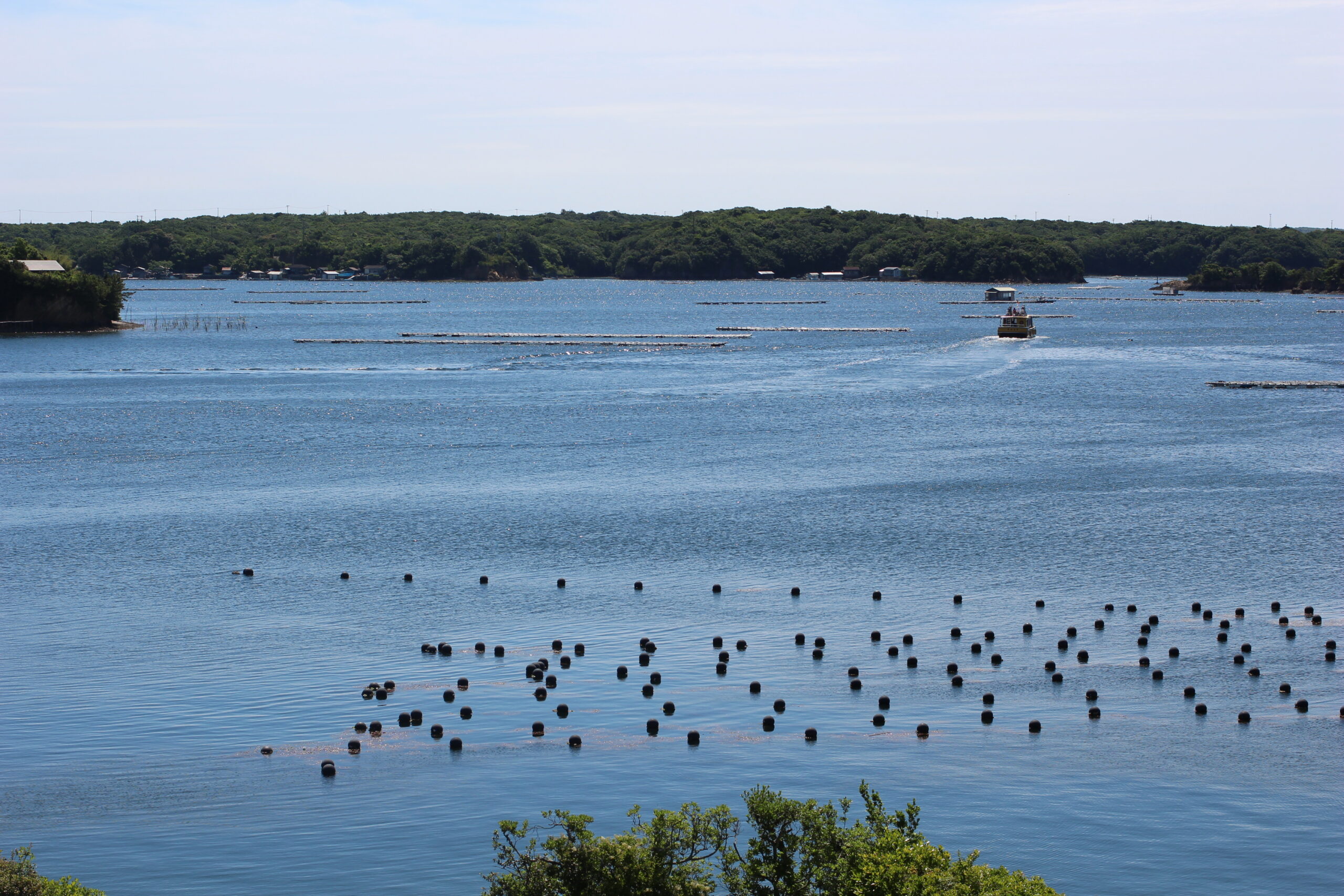
Cultivation of Mother Pearls
Before World War II, local ama divers would dive into the sea to collect pearl oysters (known as “tamagai”) for pearl cultivation, utilizing the natural shells. However, as the number of pearl cultivation businesses increased, there was a shortage of mother oysters. Consequently, from June to July, the practice shifted to attaching young oysters that naturally floated during this period onto cedar leaves and nurturing them to maturity for utilization. Due to inbreeding and other factors, the subsequent weakening of pearl oysters occurred. Adding to this, starting from 1996 (Heisei 8), there was an increase in mortality due to factors such as red discoloration.
Therefore, nowadays, it’s efficient to acquire strengthened Akoya pearl oysters (approximately 1mm in size) that are artificially collected around April. Subsequently, thorough cleaning and basket replacement are carried out to prevent diseases. These oysters are then nurtured into mother oysters that can be utilized starting from April two years later (some can be utilized after one year).
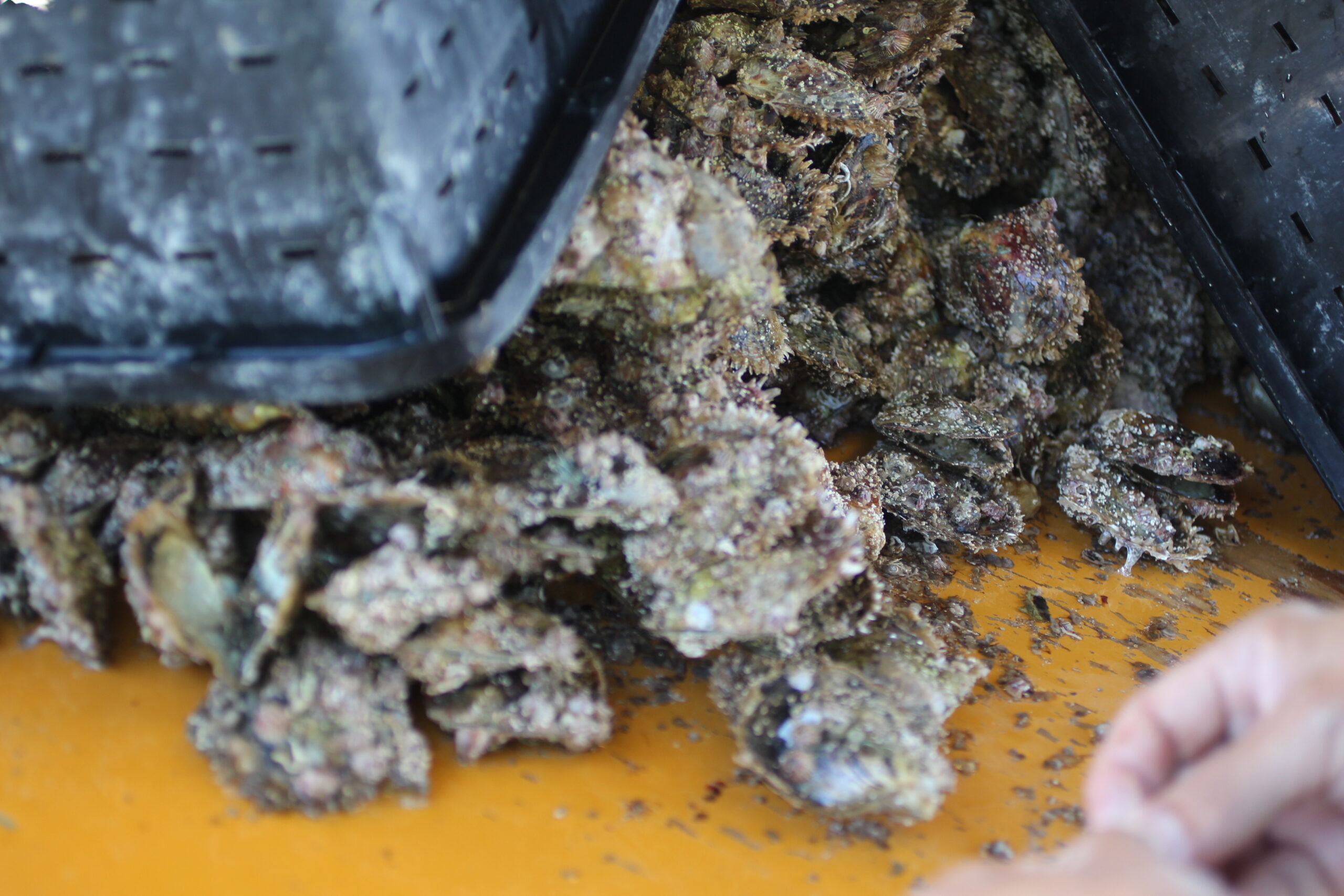
Shell Cleaning
When Akoya oysters are suspended in the sea, they accumulate various attachments like barnacles and seaweed. Therefore, it is necessary to use shell cleaning machines or shell cleaning knives to remove these attachments. Thoroughly removing the attachments is important because if they remain, the oysters might not be able to consume plankton, their source of nutrients, which could lead to their weakening. However, frequent cleaning can also stress the oysters, so the process must be approached with care. Additionally, saltwater treatment, which involves immersing the oysters in concentrated saltwater, as well as freshwater treatment, by immersing them in freshwater, are also conducted for the Akoya oysters.

Winter Protection Work
Akoya oysters are prone to die when the water temperature drops below 10°C, so they are relocated to warmer fishing grounds (such as Kyushu) during the fall or spring and await the arrival of spring.
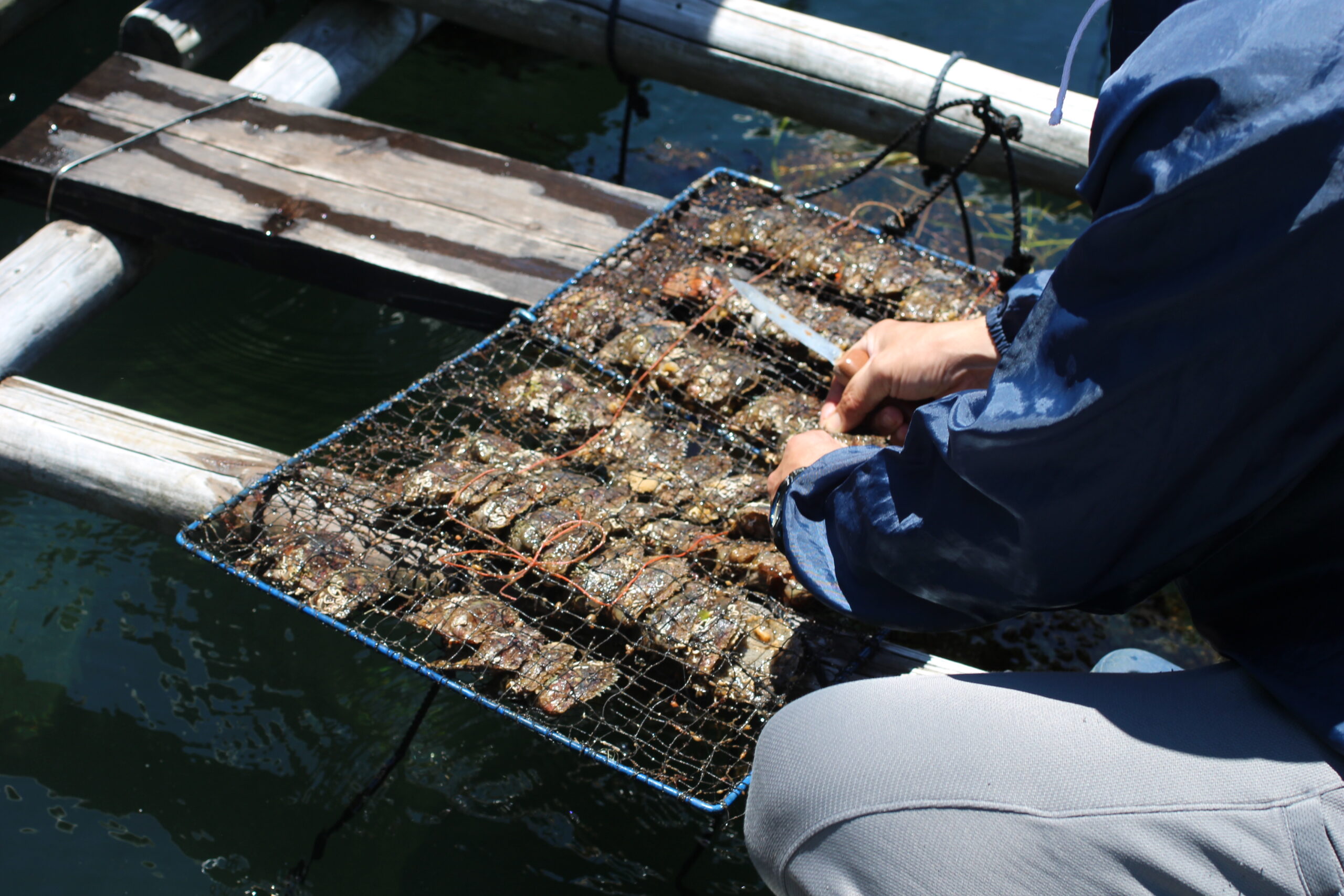
Mother Oyster Preparation
Mother oysters intended for grafting are prepared with “restraint (egg suppression)” and “egg removal” techniques to avoid shock symptoms from the grafting procedure. “Restraint (egg suppression)” involves cultivating the mother oysters in confined conditions from autumn to spring, restraining their activity and preventing egg maturation until the grafting process in spring. “Egg removal” is a method that involves stimulating the mother oysters to release eggs, and it is applied to mother oysters intended for grafting between May and July.
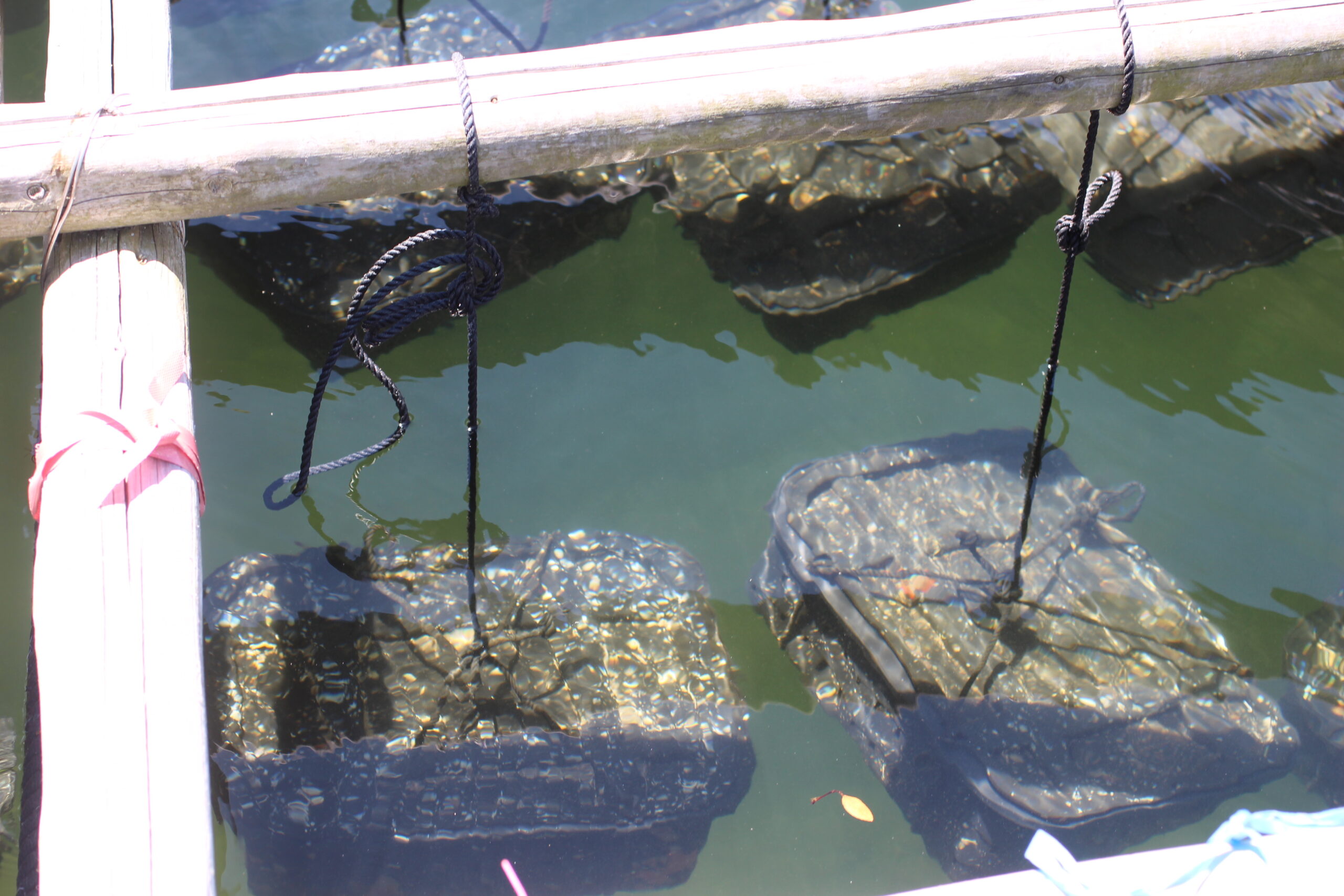
Shell Preparation and Grafting
As part of the preparation for grafting, a technique called “栓さし” (shim insertion) is employed to keep the shells of the prepared mother oysters open by inserting wedge-shaped shims. When performing the shim insertion, it’s important to note that forcibly prying open the shell with a shell-opening device can lead to the shell breaking or the hinge of the shell being damaged, due to the strong closing force of the shell. To prevent this, a process called “Kaitate” (shell standing) is carried out before shim insertion. In the “shell standing” process, the oysters are tightly packed into a standing position in a special box, then hung underwater for an extended period, putting the oysters under stress. Afterwards, they are immersed in a tank filled with seawater, causing the oysters to open their shells wide. At this point, a wedge-shaped shim is inserted using a shell-opening tool.

Pieces
Pearls are born inside the gonad’s pearl sac. The mantle tissue of the Akoya oyster has the ability to secrete nacre, also known as mother-of-pearl. These small fragments of the mantle tissue are called “pieces.”
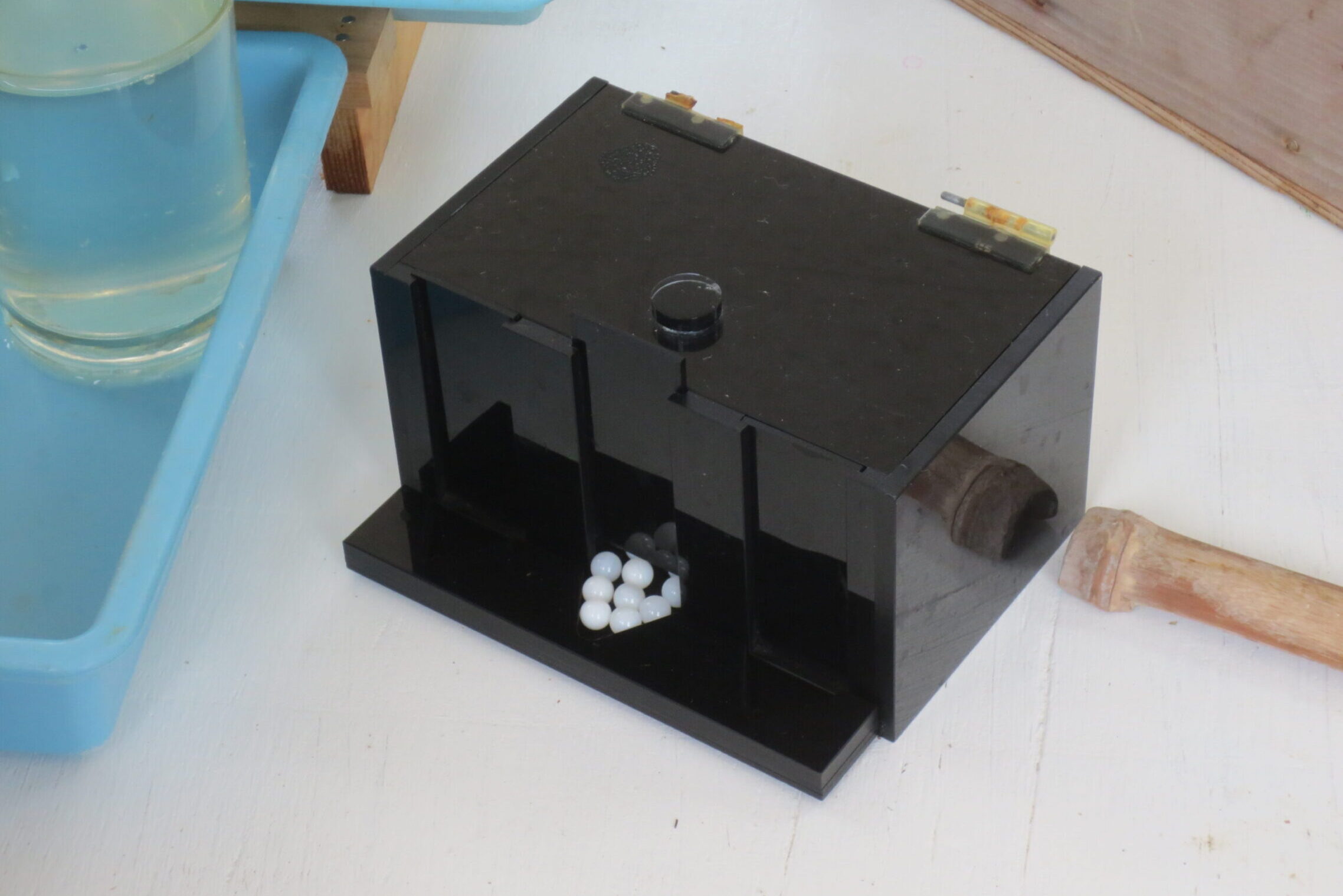
Pearl Nucleus
Pearl nuclei are primarily sourced from the shells of freshwater bivalves belonging to the Unionidae family, specifically the subfamily Ambleminae, which inhabit the Mississippi River system. These shells are processed into perfectly round shapes and used as pearl nuclei.

Grafting Procedure
Also known as “nucleation,” the grafting procedure involves inserting a piece of mantle tissue and a pearl nucleus into the gonad of an Akoya oyster, using a guiding female oyster, a piece needle, and a nucleus inserter. This surgical process encourages the formation of a pearl sac.

Cultivation
After performing the grafting procedure on the Akoya oysters, they are placed in recovery baskets to gradually restore their strength in a state of rest.
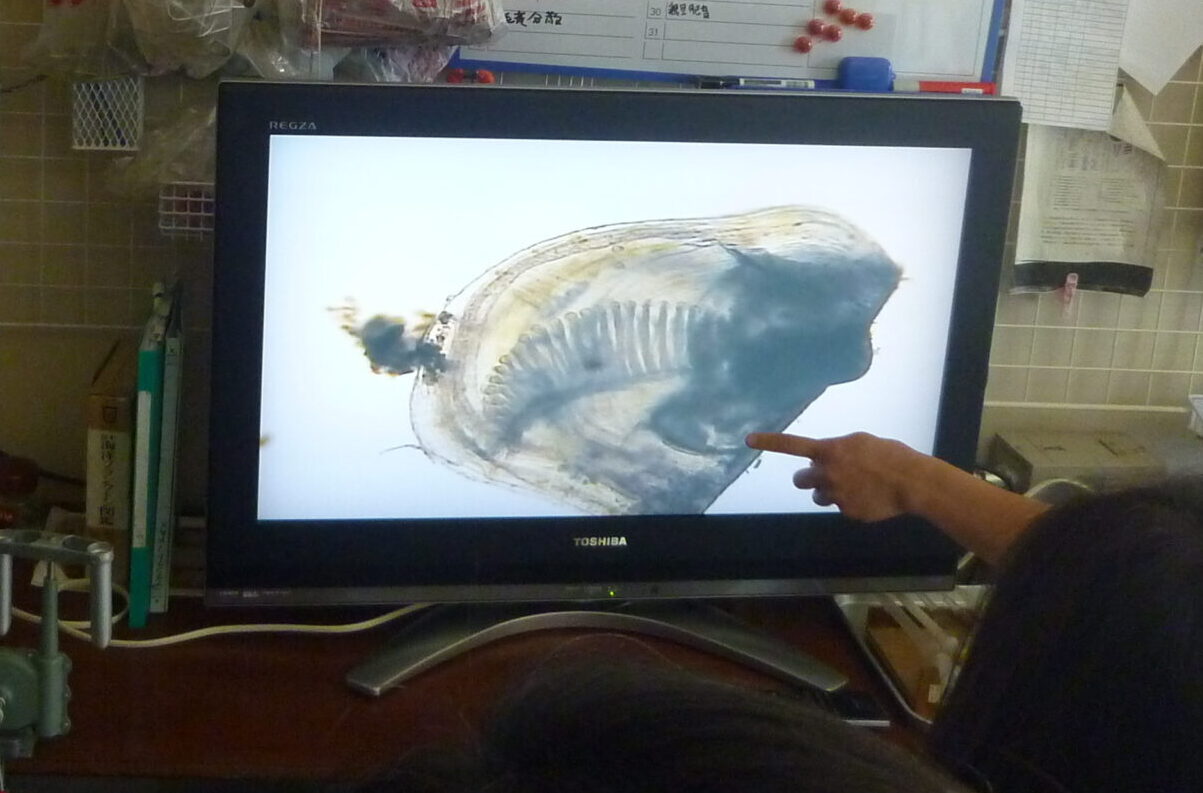
X-ray
To produce high-quality pearls, the positioning of the pearl nucleus within the gonad of Akoya oysters is crucial. Therefore, the use of X-rays to examine the position of the pearl nucleus is also conducted as a part of the process.
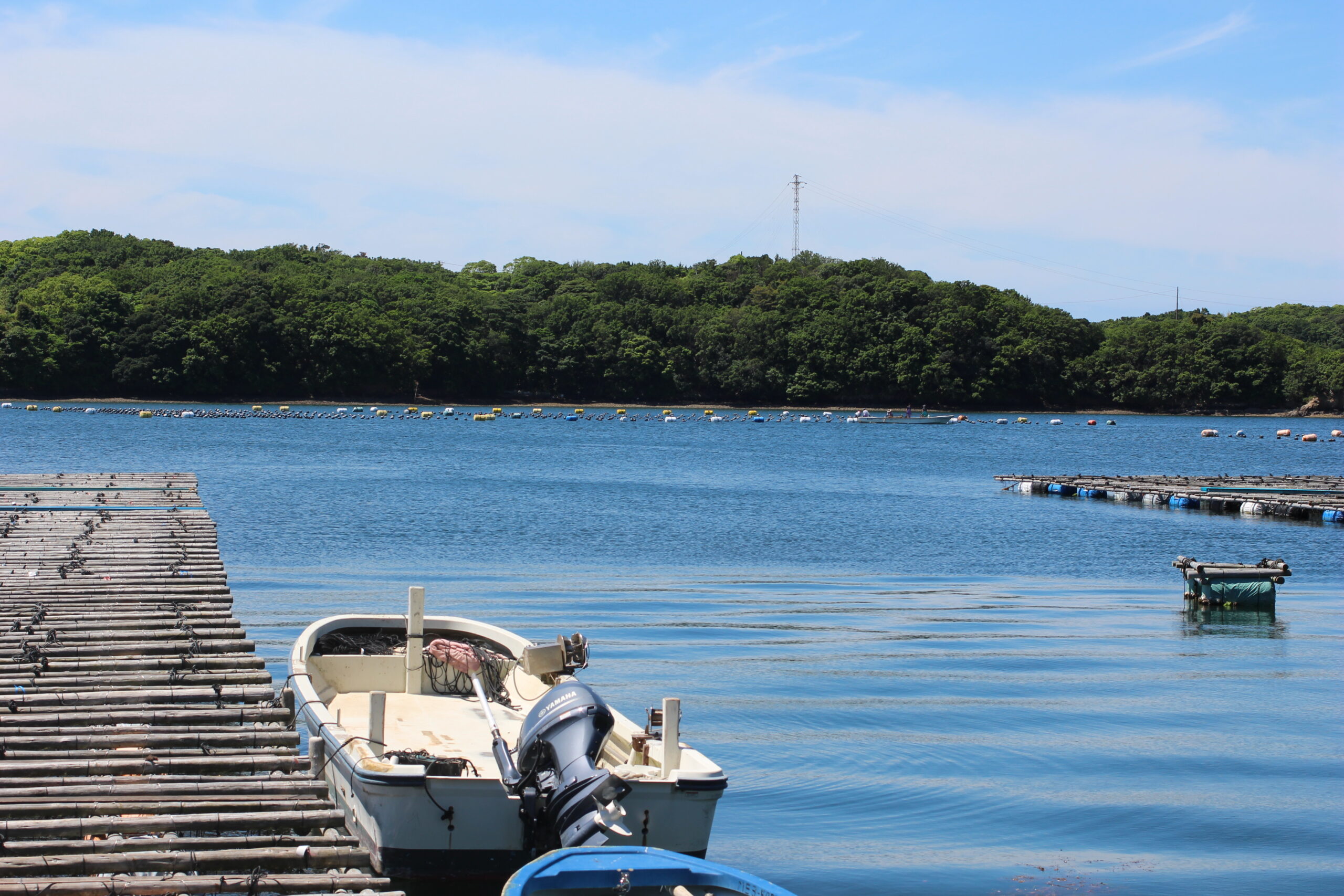
Offshore Cultivation
After the recovery period following the grafting procedure, Akoya oysters that have regained their strength are suspended in the netting on the tiers of offshore pearl rafts. In this state, for a duration of 7 months to 1 year and 6 months, careful attention is given to variations in factors like sea temperature, oxygen levels, specific gravity, and plankton concentration within the fishing grounds. Regular shell cleaning is carried out during this period to produce well-formed pearls.
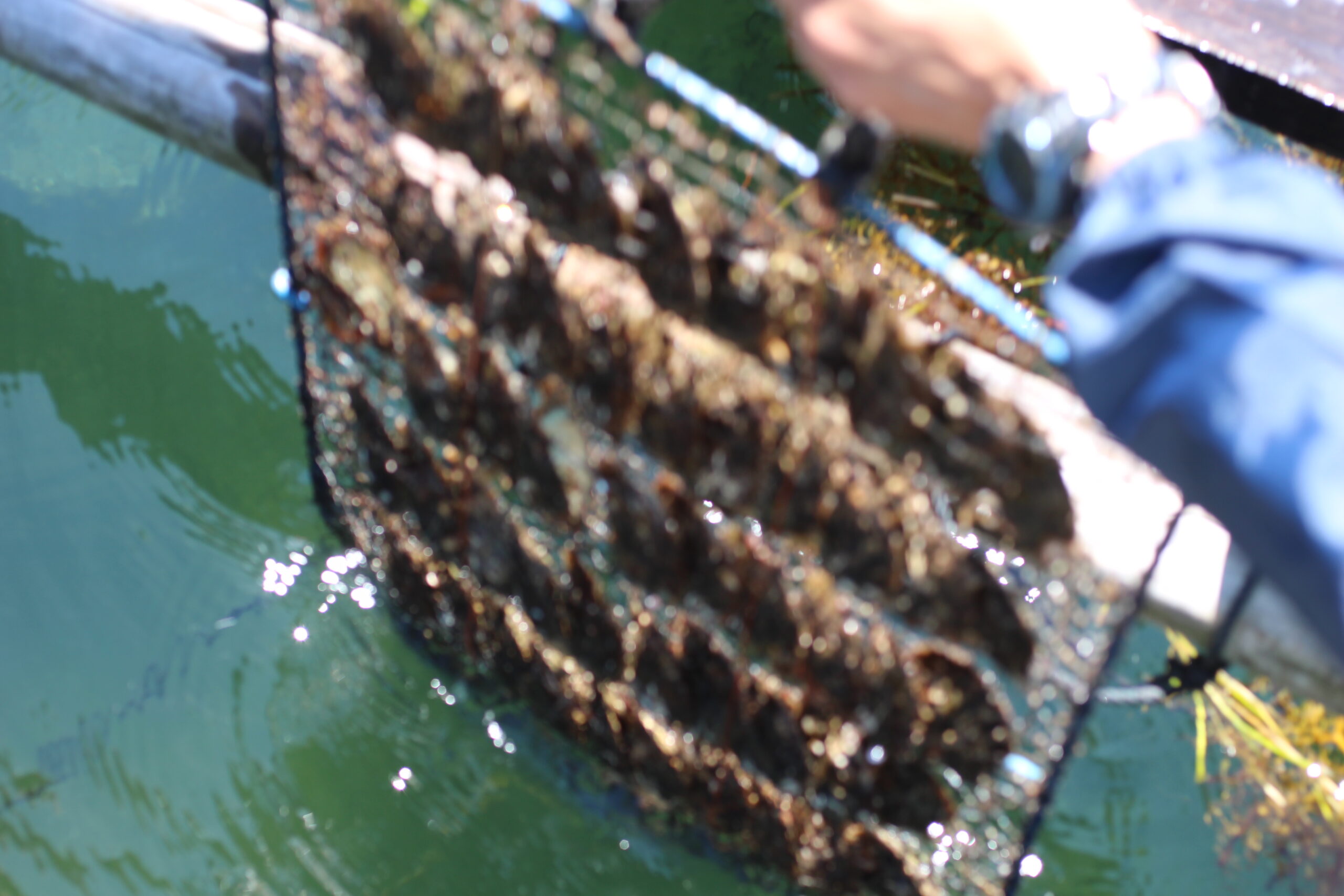
Harvesting (Lifting ashore)
To assess the quality of pearl’s “luster,” “color,” and “shape,” about 10 trial peelings are performed. Based on these results, the harvesting (collection) time for the pearls is determined. This collection of pearls is referred to as “hamiage” or “lifting ashore.” This activity is primarily carried out in December and January.
